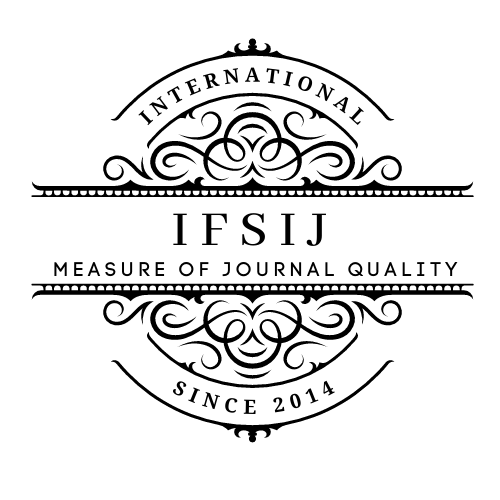THE FORMATION OF SELJUK MILITARY ART AND STRATEGIC PLANNING: A HISTORICAL-ANALYTICAL APPROACH
Keywords:
Seljuks, military art, strategy, cavalry, Manzikert, Dandanqan, Qatwan, political history, Islamic military theory, centralized system, Turkic tribes, Byzantium, Ghaznavids.Abstract
This article examines the evolution of military art during the Seljuk state (1037–1194), concentrating on the strategic methods and battlefield tactics employed in pivotal engagements, including Dandanqan, Manzikert, and Qatwan. The study examines the fundamental components of the Seljuk military system, including the role of cavalry units, centralized command, fortress networks, religious motivations, and socio-economic foundations, drawing on primary historical sources and contemporary academic research. Furthermore, the article offers a comparative analysis of Seljuk military strategies with those of other civilizations, particularly the Byzantine and Ghaznavid empires. The findings demonstrate that the Seljuk army experience played a significant role in shaping the development of military thought in the medieval Islamic world and beyond.
Downloads
Published
Issue
Section
License

This work is licensed under a Creative Commons Attribution-NonCommercial-NoDerivatives 4.0 International License.















